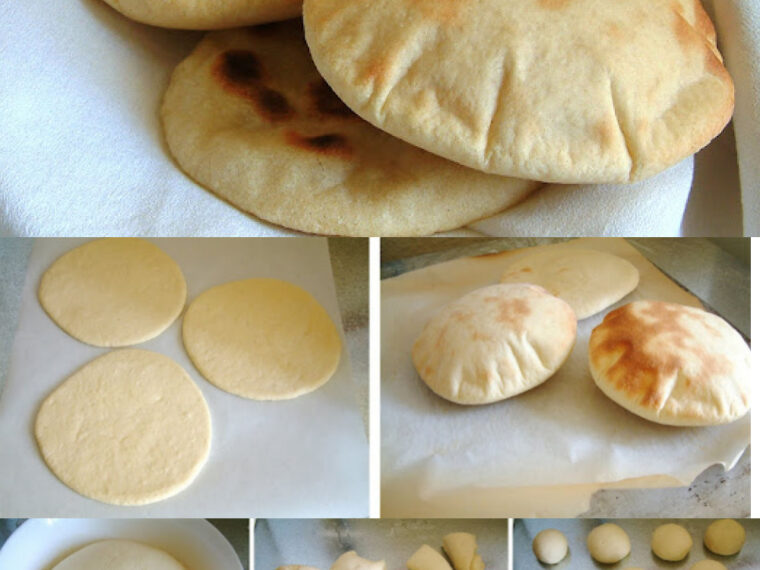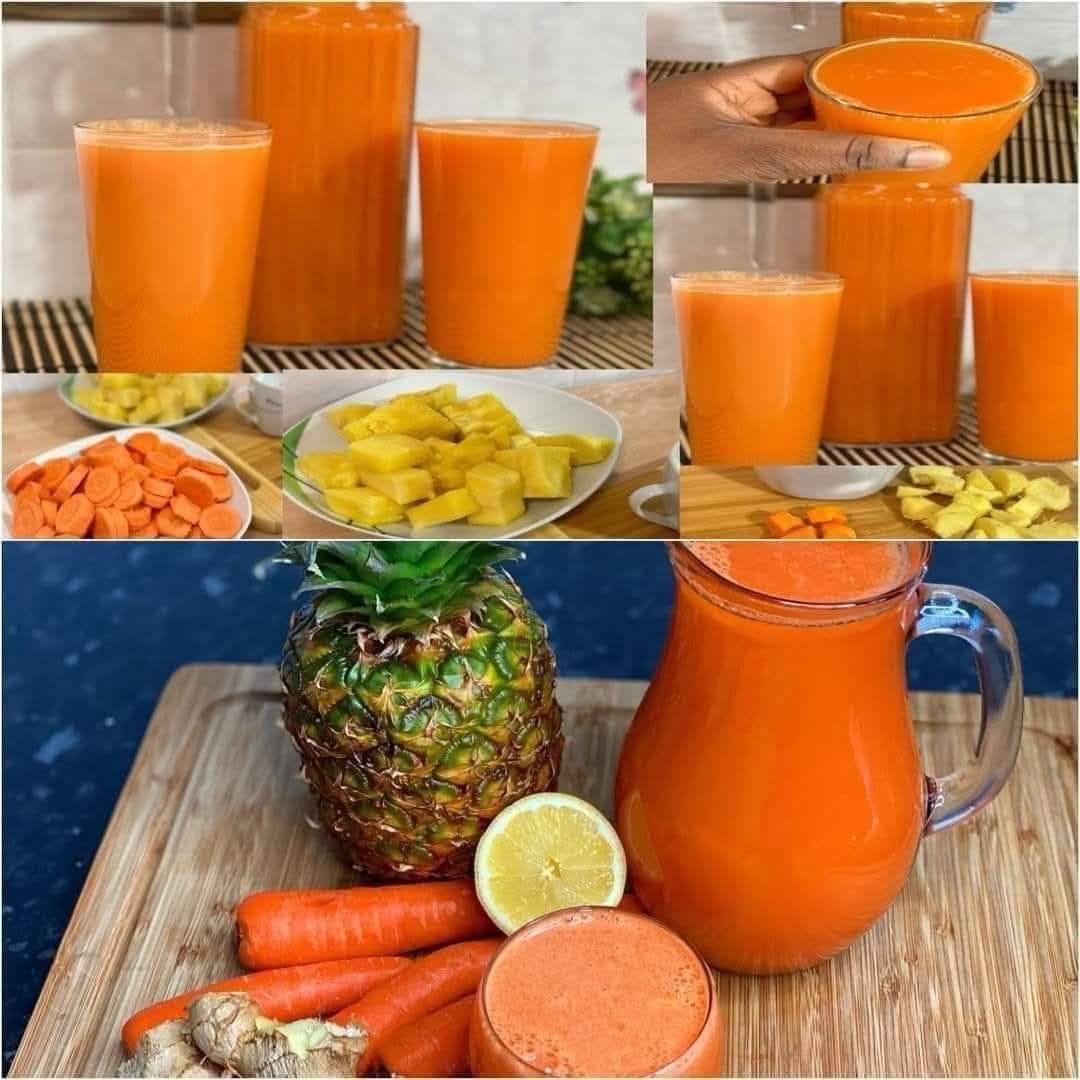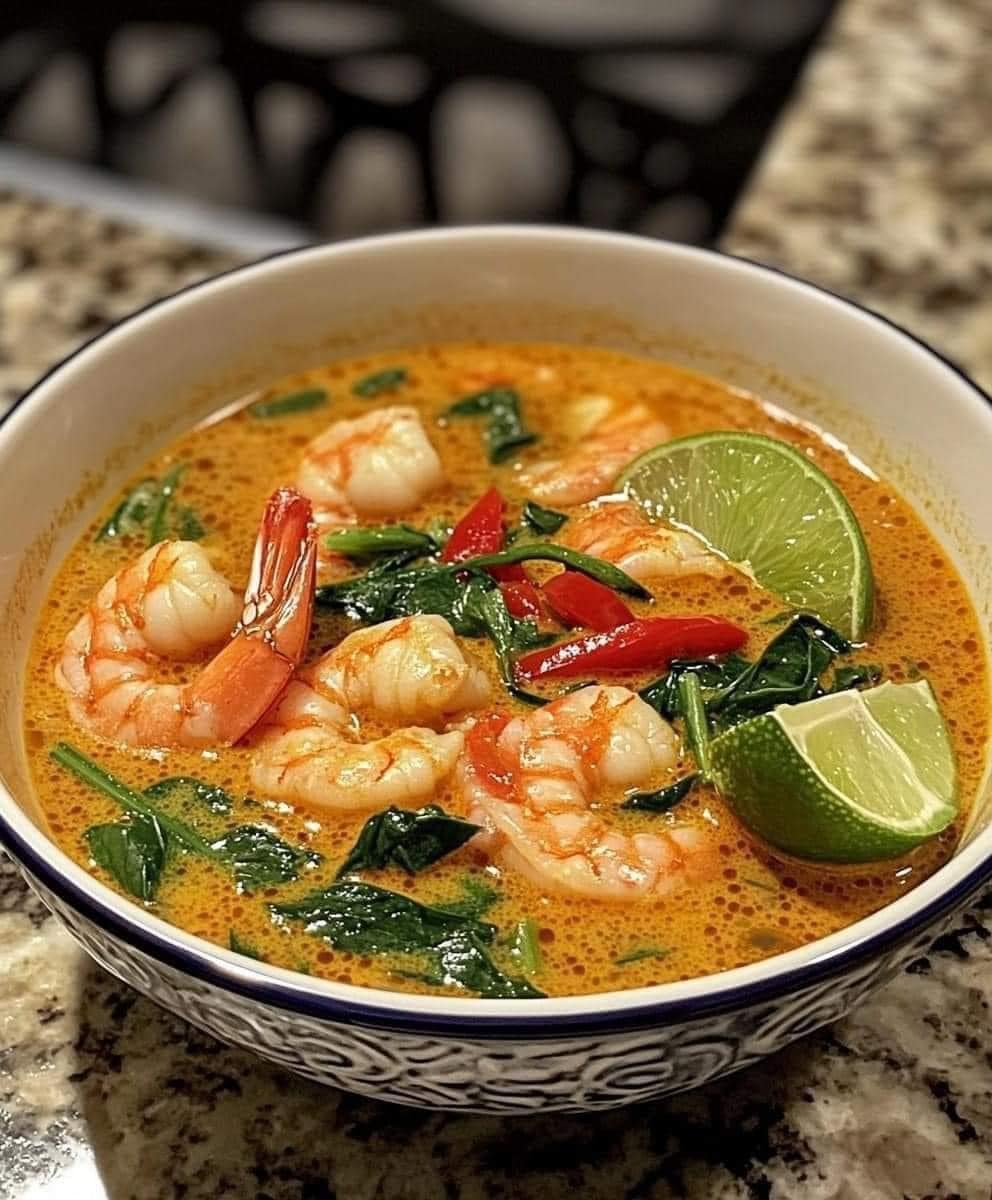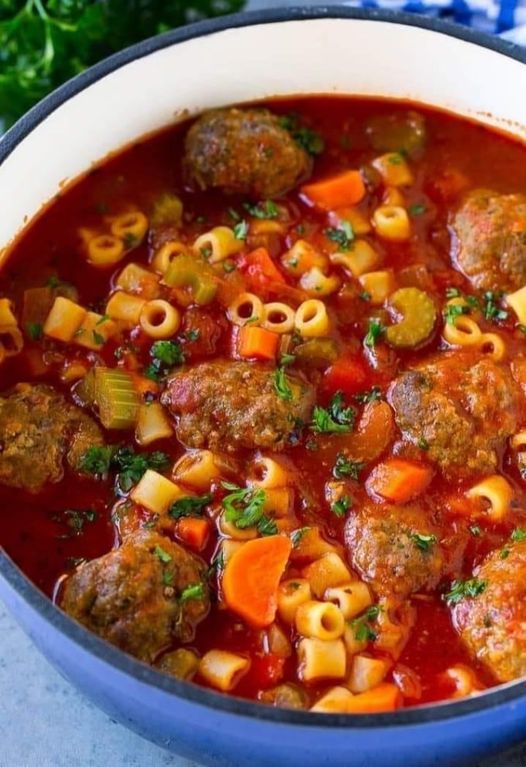There’s something deeply comforting about freshly baked bread. The warm aroma, the soft texture, the golden char — it speaks a universal language. And among the many beloved flatbreads of the Middle East, Lebanese pita holds a special place. Light, airy, and perfect for scooping up hummus, wrapping shawarma, or enjoying with olive oil and za’atar, it’s a staple in homes and bakeries across the Levant and beyond.
But did you know you don’t need a wood-fired oven to make this delicious bread? With just a pan, a handful of ingredients, and a bit of patience, you can recreate authentic Lebanese pita right in your kitchen.
This is the story of humble ingredients, traditional know-how, and the satisfying simplicity of pan-cooked pita bread — a recipe that connects generations, cultures, and kitchens across the globe.
The Heart of Levantine Cuisine
In Lebanese culture, bread is more than food — it’s a symbol of life and hospitality. The Arabic word for bread, “khubz,” is related to sustenance, and sharing bread is considered an act of respect and generosity.
Traditional pita, known locally as “khubz Arabi” or “khubz Loubnani”, is round, soft, and often pocketed when baked at high heat. It’s eaten with almost every meal — dipped into baba ghanoush, used to wrap grilled meats, or simply enjoyed with olive oil and fresh herbs.
Though commercial bakeries produce pita by the millions, many Lebanese families still make it at home, especially in rural areas or for special occasions. And in many kitchens, a simple skillet or griddle replaces the oven — proving that you don’t need high-tech equipment to make real, flavorful bread.
The Beauty of Simplicity: Just a Few Ingredients
Authentic Lebanese pita uses only a handful of pantry staples:
- Flour (usually white or a mix of white and whole wheat)
- Water
- Yeast
- Salt
- Sometimes a bit of sugar or olive oil to enhance texture
That’s it. No preservatives. No complex steps. Just honest ingredients combined with traditional technique.
And the beauty is — the dough doesn’t require kneading machines or stand mixers. Your hands and a warm spot in your kitchen are all you need.
How to Make Lebanese Pita in a Pan
Here’s a step-by-step guide to making authentic, pocket-less or puffed pita bread in a simple skillet or frying pan.
Ingredients:
Next page





